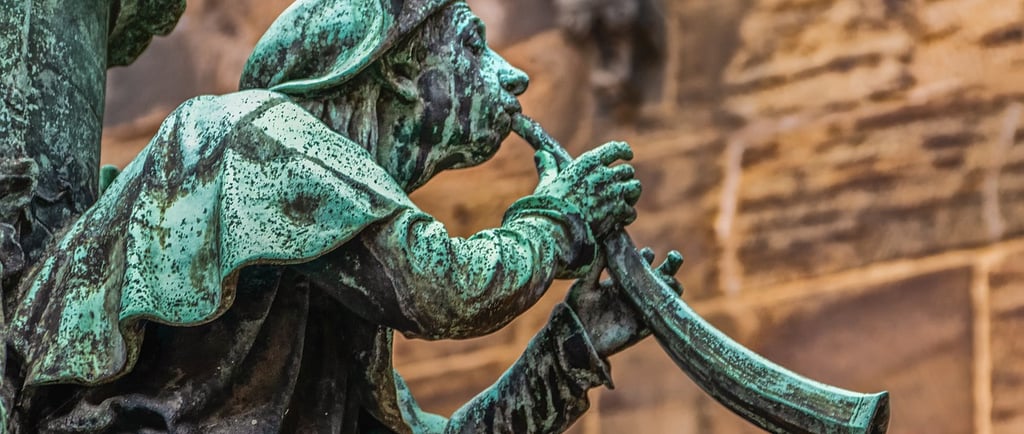🌿 The Green of Weathered Copper - The Verdigris 🏛️
A follow-up story from the chapter "Color" in the Art Album. 🌈 Stories About Colors takes children on a vivid journey through history to explore how colors have shaped and connected cultures around the world. 🌍🎨 From the cave art of early humans to the vibrant pigments traded along the Silk Roads for thousands of years 🌊, each color holds its own story of discovery, symbolism, and meaning. Children will uncover how natural elements like minerals, plants 🌿, and even animals 🐦 contributed to the palettes of early artists, linking art with the environment. This exploration invites children to see colors not only as materials on their art shelves 🎨 but as a bridge to the world around them and the history of human creativity. They’ll be inspired to ask, “Where did this color come from?” and “How was it discovered?” — sparking curiosity about the hidden stories within each hue they encounter.
ART STORIES
11/10/20242 min read


Have you ever seen an old copper coin or a statue that’s turned green? 🟢 You know how it starts out shiny and copper-colored, but over time, it slowly changes? Well, a long, long time ago—more than 2,500 years ago—people in Ancient Greece noticed something similar happening to their copper treasures. Shiny copper statues, rooftops, and coins would slowly change color, turning from bright copper to a soft, greenish shade.
This new green color was called verdigris (👏 ver – di – gris 👏), which means “green of Greece” because it reminded people of the ancient Greek statues and buildings that had turned green under the sun and rain.
This color didn’t come from paint or dye but from a natural reaction! When copper is left outside in the air and rain for a long time, it begins to change color, creating a green layer on the surface. This green layer of verdigris actually protects the copper underneath, almost like magical armor. Ancient artists and architects loved this color so much that they even helped speed up the process by rubbing vinegar on copper to make it turn green faster.
People used verdigris as a beautiful green pigment in paintings and decorations. In places like Venice, Italy, Roman artists mixed verdigris into their paints to create lush green landscapes, forests, and even ocean waves 🌊. The color became famous in paintings and was prized for its unique, almost shimmering look. Artists used it to capture the beauty of nature and ancient ruins, where everything seemed touched by time.
Verdigris also adorned the rooftops of famous buildings! One of the most famous examples is the Statue of Liberty 🗽 in the United States, which is covered in copper. Although it was shiny when built, it slowly turned that lovely green over the years, all thanks to verdigris! This green color now connects us to history, reminding us that change can bring beauty.
💭 Experimentation and Exploration 💭
Now it’s your turn to make your own verdigris! 🟢✨ All you need is a shiny copper coin. You can try leaving it outside ☀️🌧️—just like those ancient statues and rooftops—or gently rub it with a little vinegar. Then, check back over time to see what happens! 🕰️ How long do you think it will take for the color to change? And here’s another experiment: once it turns green, can you make the copper shiny again by removing the verdigris? 🧽💧
With Montessori joy,
Vanina 😊

